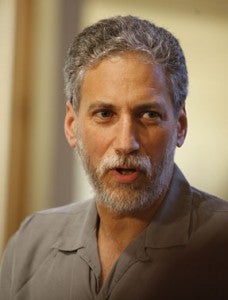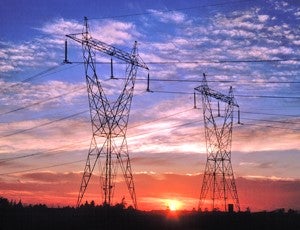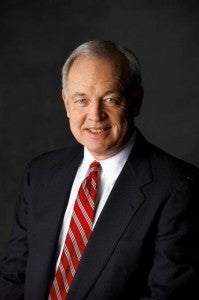 We’ve discussed the potentially grave impacts of the Texas Energy Crunch in a number of our previous blog posts. Time and time again, we repeat that the cheapest, cleanest and most reliable energy resource is the energy we save through energy efficiency. But our energy efficiency programs in Texas are still modest compared to other states. Beyond politics, there is another key issue limiting our state’s energy savings: Texas does not treat energy efficiency as a ‘resource.’
We’ve discussed the potentially grave impacts of the Texas Energy Crunch in a number of our previous blog posts. Time and time again, we repeat that the cheapest, cleanest and most reliable energy resource is the energy we save through energy efficiency. But our energy efficiency programs in Texas are still modest compared to other states. Beyond politics, there is another key issue limiting our state’s energy savings: Texas does not treat energy efficiency as a ‘resource.’
Traditionally, energy efficiency is left ‘invisible’ to utilities and grid planners—so they lose count of its many benefits. Treating energy efficiency as a resource, instead, puts it on a level playing field with other energy resources, such as power plants. This allows utilities to realize the unique benefits energy efficiency has over other energy sources.
Energy efficiency can reduce harmful greenhouse gases, save people money and create jobs – and it is extremely competitive with other energy resources. When the energy saved through efficiency is weighed against new energy resources, efficiency upgrades to buildings and homes generally weigh in at just one-third of the cost of building a new fossil-fuel power plant. On top of that, energy efficiency upgrades can eliminate the need to install or replace other expensive electric grid equipment. This cost-savings is one of the many benefits generally overlooked by utilities and electric grid planners.
Part of what prevents electric grid planners from counting efficiency as a resource in Texas is the way that the energy market is structured. When Texas deregulated its energy market in 1999, the aim was to increase options for customers and lower prices. Efficiency programs were not included in the new market structure. Instead, they were left for transmission and distribution utilities (TDUs), the “wires” companies that deliver electricity from power plants to customers, to manage. With efficiency left out of the restructured energy market, the Public Utility Commission of Texas (PUC) and other state leaders tend to view efficiency programs as subsidies that exist outside of the market. Read More












